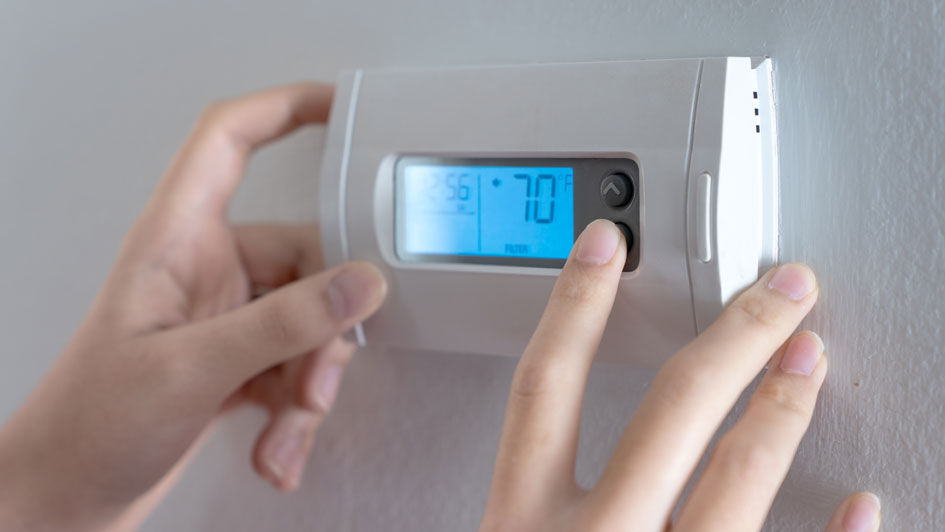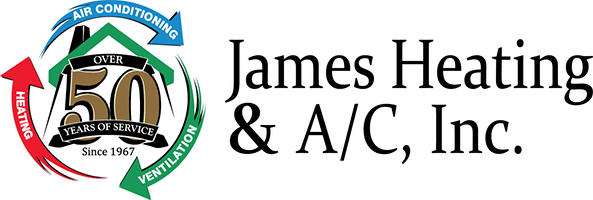
It's always nice when we manage to save money on our utility bills, but you should know there’s a way to lower energy use, even when you're not even home.
The secret is your thermostat. By making the most out of your thermostat, you can tailor the temperature to your needs. You can create a number of automated temperature settings for when you’re at home, away or even when you’re sleeping.
If you're willing to make these adjustments, you have more time to enjoy pleasant temperatures while also keeping more of your money. Here are some ways your thermostat can save you money in the summer:
While at Home
Whenever you're at home, you want comfortable temperatures. It's only natural to want your thermostat lower in the summer while you are in the house to make the most of the cool air.
But in terms of energy efficiency, the best range for when you're in your home during the summer is in fact anywhere between 78 and 80 degrees Fahrenheit. By adjusting things a few degrees, you'll keep cool while keeping your energy bill more manageable.
While Gone
When setting the temperature for when you are out of the house in summer, it’s advantageous to set the thermostat higher than you would if you were in the house.
Depending on the local climate or your home's location, you can set the temperature as high as 88 degrees while no one is home before you adjust it back to the sweet spot of 78-80 degrees when you or a family member return. This way, your air conditioning system isn't working around the clock to keep an empty house cool.
While Sleeping
When it comes to sleeping in the summer, you want your thermostat set at a comfortable temperature. A great place to start is between 68-72 degrees Fahrenheit. There's less risk of getting too hot or too cold when you are trying to get some rest.
Other Strategies for Lowering Energy Use:
- Smart thermostat installation: Switching to a smart thermostat in the summer helps save money on energy costs by automatically adjusting to your lifestyle and home environment. A smart thermostat manages the temperature if you are home or sleeping, while allowing it to warm up when no one is home. With reliable brands like the Lennox iComfort, you can adjust the temperature remotely through your smartphone, tablet or laptop. Planning smart thermostat installation in your Lexington home is an effortless way to set the correct temperature no matter where you are.
- Update your existing HVAC system: A high-efficiency HVAC system is another great option for long-term energy savings. If a system boasts high energy efficiency, lower utility bills won't be far behind since it requires less energy to heat and cool your home. Air conditioning installation in Lexington is a breeze for experienced professionals like James Heating & A/C, Inc.
- Keep up with AC maintenance: Whether or not you keep up with regular air conditioning maintenance in Lexington can have a significant impact on your utility bills. With regular cleaning of the coils, checking for damage and clearing ventilation of dust and debris, you may notice your HVAC system run more efficiently. Higher energy efficiency will also reduce strain on key parts and lowers operational costs, lowering total energy use and eventually the total monthly bill.
- Clean or replace the air filter on a regular basis: A regular schedule for cleaning or replacing the HVAC system's air filter saves money by improving airflow. When filters become clogged, your air conditioner will have to work harder, and this greater strain could shorten the system’s life span and lead to breakdowns.
- Check your attic insulation: Insulation is a vital part of maintaining an energy-efficient home, keeping the hot air outside and the cool air inside over the summer. The North American Insulation Manufacturers Association (NAIMA) suggests that homeowners living in southern climates should have at least 13-14 inches of insulation, while colder climates do better with 16-18 inches.
- Inspect your air ducts: Damage to the ventilation is capable of increasing your energy bills much more than 20 percent, plus it can also lead to problems with your water heater, clothes dryer and other appliances to get into the atmosphere of your home. Watching for signs of leaks and sealing them can address both concerns.
- Seal all other leaky spots in your home: Sealing up other leaks in your home with caulk, foam sealant or weather-stripping helps keep things cooler during those hot summer days. It’s also important to check for any gaps around windows, doors and even outdoor fixtures. Devoting time and effort to sealing leaks now can help you save a lot in the long run.

